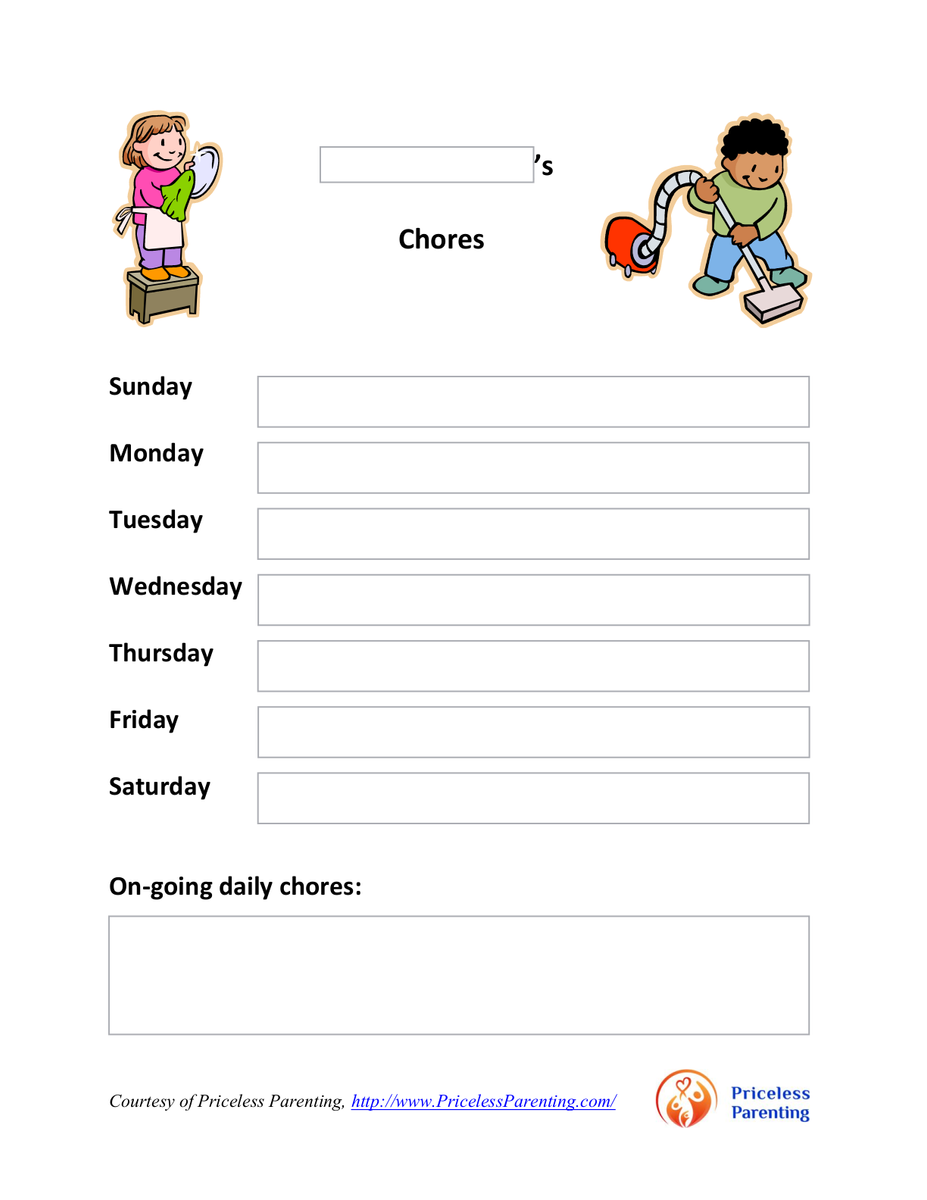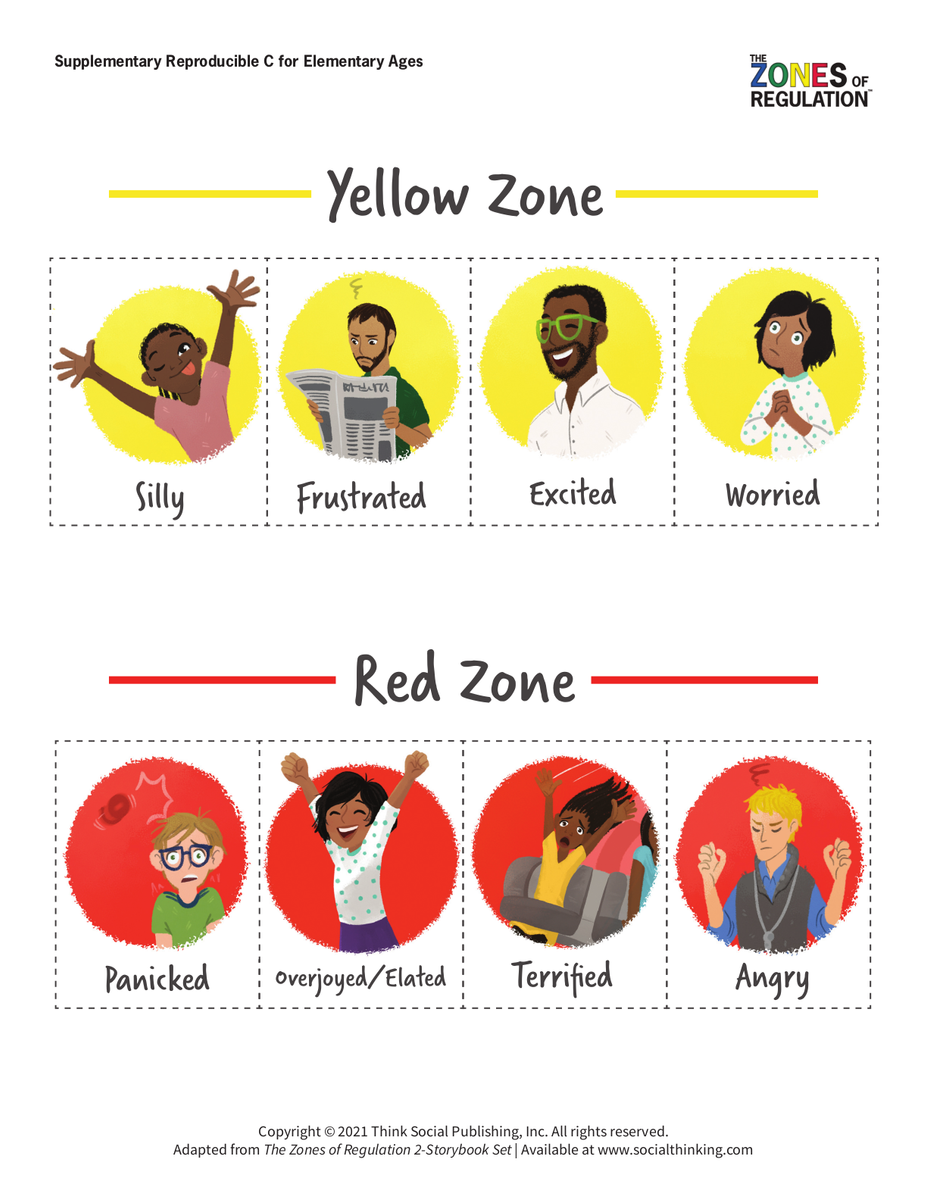Mental Health & Wellbeing Students/Parents/Carers Support
Articles, Videos & Resources

Mental Health & Wellbeing Students/Parents/Carers Support
Articles, Videos & Resources
It can be hard to talk to your children about racism. Some parents worry about exposing their children to issues like racism and discrimination at an early age. Others shy away from talking about something they themselves might not fully understand or don’t feel comfortable discussing. Yet others, especially those who have experienced racism, simply do not have such choices.
Conversations about racism and discrimination will look different for each family. While there is no one-size-fits-all approach, the science is clear: the earlier parents start the conversation with their children the better.
Babies notice physical differences, including skin colour, from as early as 6 months. Studies have shown that by age 5, children can show signs of racial bias, such as treating people from one racial group more favourably than the other. Ignoring or avoiding the topic isn’t protecting children, it’s leaving them exposed to bias that exists wherever we live.
Children who encounter racism, can be left feeling lost while trying to understand why they are being treated a certain way, which in turn can impact their long-term development and well-being.
Being silent cannot be an option.
The way children understand the world evolves as they grow, but it’s never too late to talk to them about equality and racism. Here are some age-appropriate ways to start that conversation and explain that racism is always wrong:
At this age, children may begin to notice and point out differences in people they see around them. As a parent, you have the opportunity to gently lay the foundation of their worldview. Use language that’s age-appropriate and easy for them to understand.
It’s OK not to have all the answers.
Children this age are better at talking about their feelings and are eager for answers. They are also becoming more exposed to information they may find hard to process. Start by understanding what they know.
Teenagers are able to understand abstract concepts more clearly and express their views. They may know more than you think they do and have strong emotions on the topic. Try to understand how they feel and what they know, and keep the conversation going.
Try to find ways to introduce your child to diverse cultures and people from different races and ethnicities. Such positive interactions with other racial and social groups early on help decrease prejudice and encourage more cross-group friendships.
You can also bring the outside world into your home. Explore food from other cultures, read their stories and watch their films.
Be conscious of racial bias in books and films and seek out ones that portray people from different racial and ethnic groups in varied roles. Consider stories that feature minority actors playing complex or leading characters. This can go a long way in confronting racial and discriminatory stereotypes.
If your children are in school, find out from their teacher about how racism is covered in class and school rules and regulations to prevent and deal with it. Join parents’ groups to share resources and concerns with teachers and school leadership.
Explore the past together to better understand the present. Historical events like the end of apartheid in South Africa, the civil rights movement in the United States and other movements for equality around the world remain symbols of a traumatic past that societies are still recovering from. Understanding them together can shine a light on how far we’ve come and how much further we still have to go. These shared experiences can further help your child build trust and openness to different perspectives.
There are no others, just other people.
Parents are children’s introduction to the world. What they see you do is as important as what they hear you say.
Like language, prejudice is learned over time. In helping your child recognize and confront racial bias, you should first consider your own — does your friend circle or people you work with represent a diverse and inclusive group?
Take every opportunity to challenge racism, demonstrate kindness and stand up for every person's right to be treated with dignity and respect.
Information from UNICEF
This resource explores the research evidence on how fathers’ engagement can influence their children’s mental health. Specifically, it explores the effects of fathers’ warm and responsive parenting on their children’s mental health. This resource also provides insights into how practitioners and services can support fathers to display more warm and responsive behaviours to promote positive mental health in their children.
This resource addresses racism as it may be experienced by the global majority living in Australia. It doesn’t cover the complexities of racism as experienced by Aboriginal and Torres Strait Islander peoples as the ongoing impact of colonisation creates unique circumstances for them.
Family routines set out how families organise themselves to get things done, spend time together and have fun. Routines help family members know who should do what, when, in what order and how often.
Routines also let your children know what’s important to your family. For example, family rituals are routines for special things your family does regularly. These can strengthen your shared beliefs and values and build a sense of belonging and togetherness in your family.
Routines can be good for children for several reasons.
Safety, belonging and relationships:
Routines can be part of an organised and predictable home environment, which helps children and teenagers feel safe, secure and looked after. And a predictable family life can also help children cope during development changes like puberty or life events like the birth of a new child, divorce, illness or a house move.
Also, routines built around having fun or spending time together foster a sense of belonging and strengthen family relationships. For example, your routine might include things like reading a story together before bed each night, sharing regular family meals, or having a kick with your child before soccer practice every week.
Skills and responsibility:
Having chores as part of family routines helps children and teenagers develop a sense of responsibility and some basic skills like time management. These are skills children can use for life.
And when children can do their parts of the routine with less help or supervision, it also helps them become more independent.
Health and wellbeing:
Routines can help younger children to learn healthy habits, like brushing their teeth, taking medicine regularly, doing physical activity, or washing their hands after using the toilet.
This means that routines can be good for children’s health. For example, children who wash their hands more regularly might be less likely to get colds and other common illnesses.
Also, routines can reduce stress, and lower stress is good for children’s immune systems.
Routines can help children feel less anxious or sad during difficult times.
Daily routines help set our body clocks too. For example, bedtime routines help children’s bodies ‘know’ when it’s time to sleep. This can be a big help when children reach adolescence and their body clocks start to change.
Routines take some effort to create. But once you’ve set them up, they have many benefits:
It can be easy to overschedule family life. Routines have many benefits, but it’s also good for children and parents to have free time to play, relax or be creative.
A good routine is one that suits your family. It also has 3 key features.
Well planned
In a good routine, everyone understands their roles, knows what they need to do and sees their roles as reasonable and fair. For example, your children know that they take turns with washing up and drying up each night after dinner. As children get older, it’s good for them to have a say in planning routines.
Regular
Good routines become part of everyday family life. For example, you might all look forward to walking to school together every morning.
Predictable
In a good routine, things happen in the same order each time. Everyone knows what to expect for the day. For example, you always wash school uniforms on the weekend, so you know they’ll be ready for Monday morning.
Free printable routine charts for children.
https://www.pricelessparenting.com/chart-for-kids




Ripponlea Primary School will be delivering The Zones of Regulation™ curriculum (or “The Zones” for short), which are lessons and activities designed by Leah Kuypers, licensed occupational therapist, to help students skills in the area of self-regulation.
Self-regulation can go by many names, such as self-control, self-management, and impulse control. It is defined as the best state of alertness of both the body and emotions for a specific situation. For example, when a student plays on the playground or in a competitive game, it is beneficial to have a higher state of alertness. However, that same state would not be appropriate in the library.
The lessons and learning activities are designed to help the students recognise when they are in the different Zones as well as learn how to use strategies to change or stay in the Zone they are in. In addition to addressing self-regulation, the students will gain an increased vocabulary of emotional terms, skills in reading other people’s facial expressions, perspective about how others see and react to their behavior, insight into events that trigger their behavior, calming and alerting strategies, and problem-solving skills.
A critical aspect of this curriculum is that all team members know and understand The Zones language. This creates a comfortable and supportive environment for the student to practice his or her self-regulation skills. It also helps the student learn the skills more quickly and be more likely to apply them in many situations.
You can support the student during this process by doing the following:
It is important to note that everyone experiences all of the Zones—the Red and Yellow Zones are not the “bad” or “naughty” Zones. All of the Zones are expected at one time or another. The Zones of Regulation are intended to be neutral and not communicate judgment.







